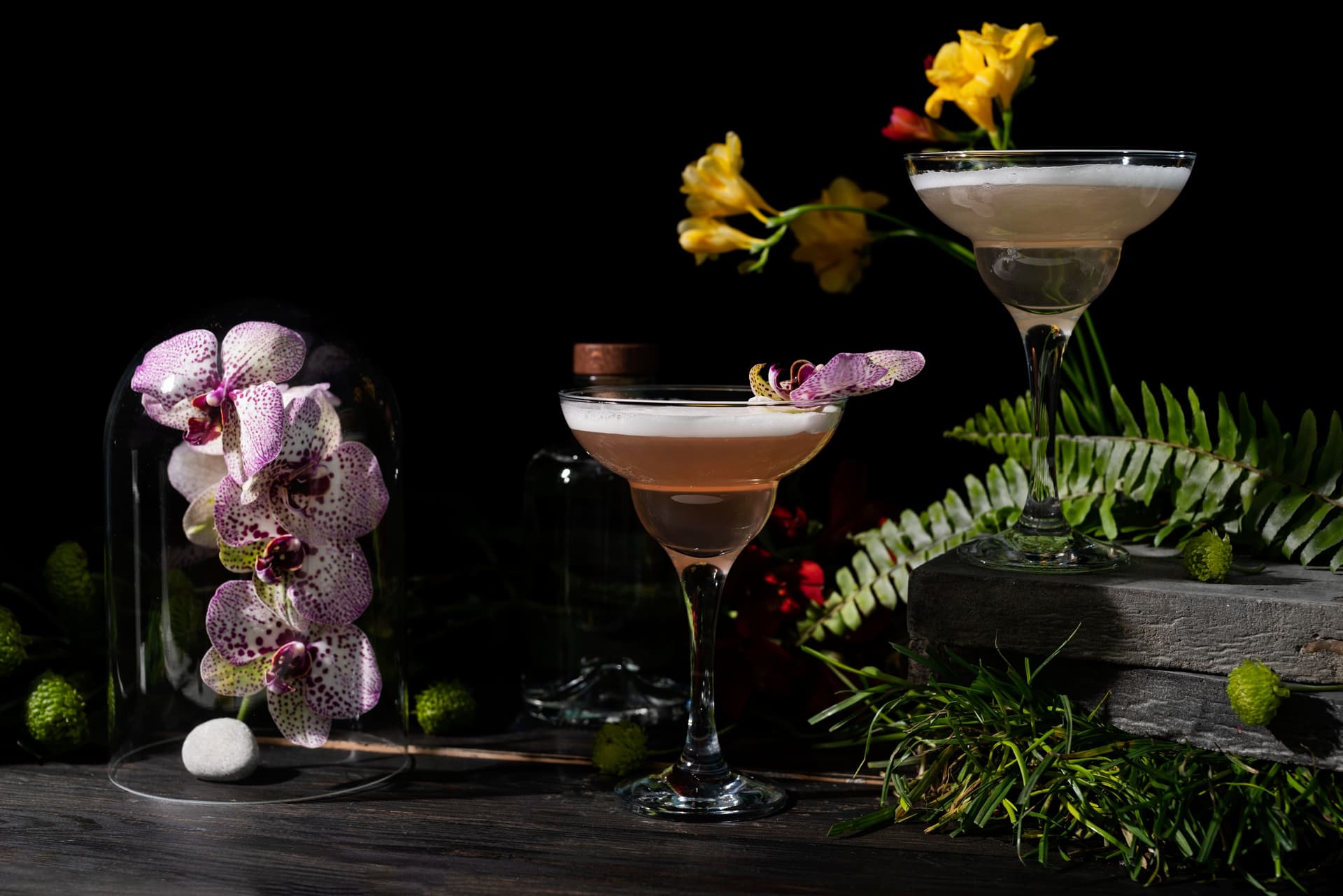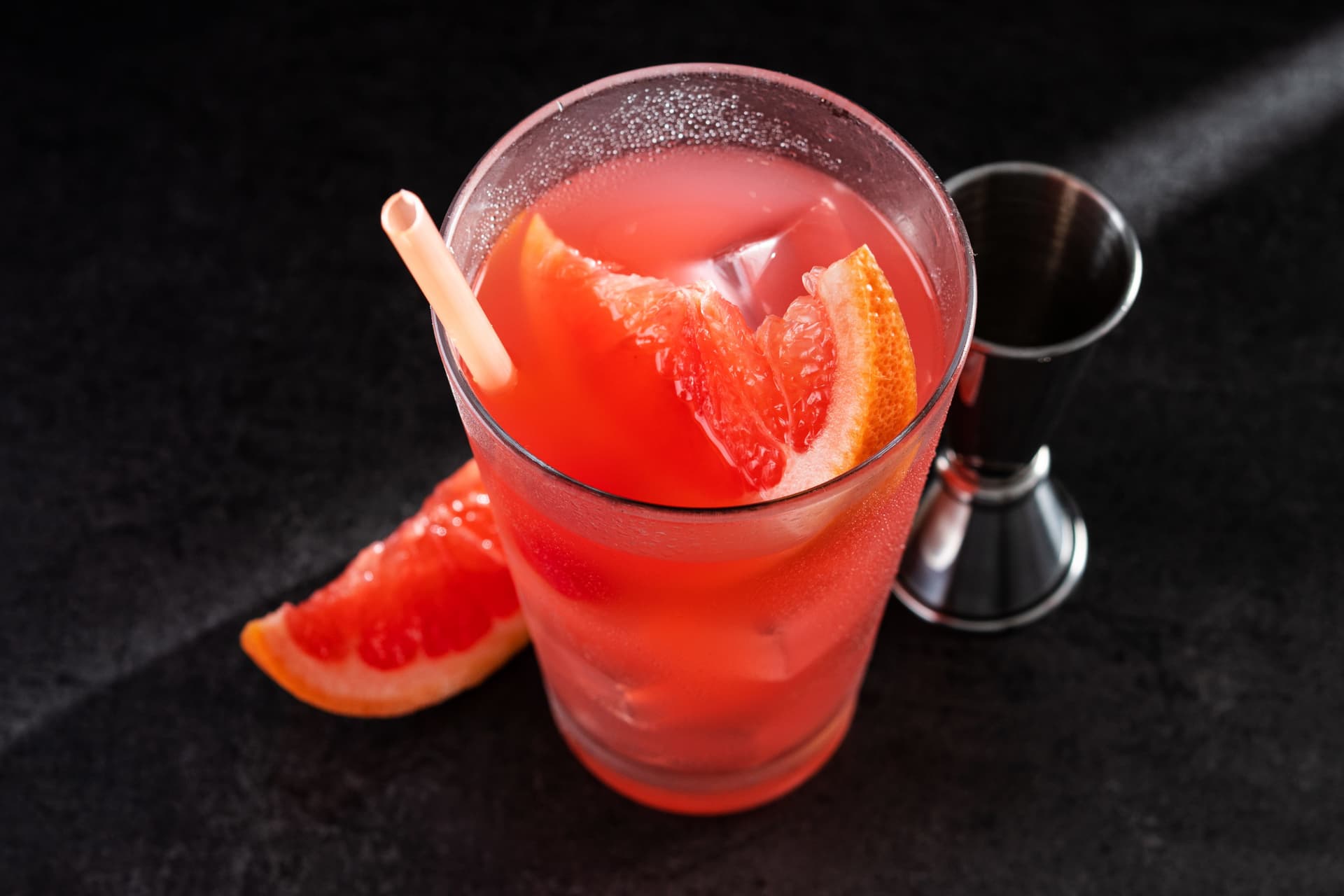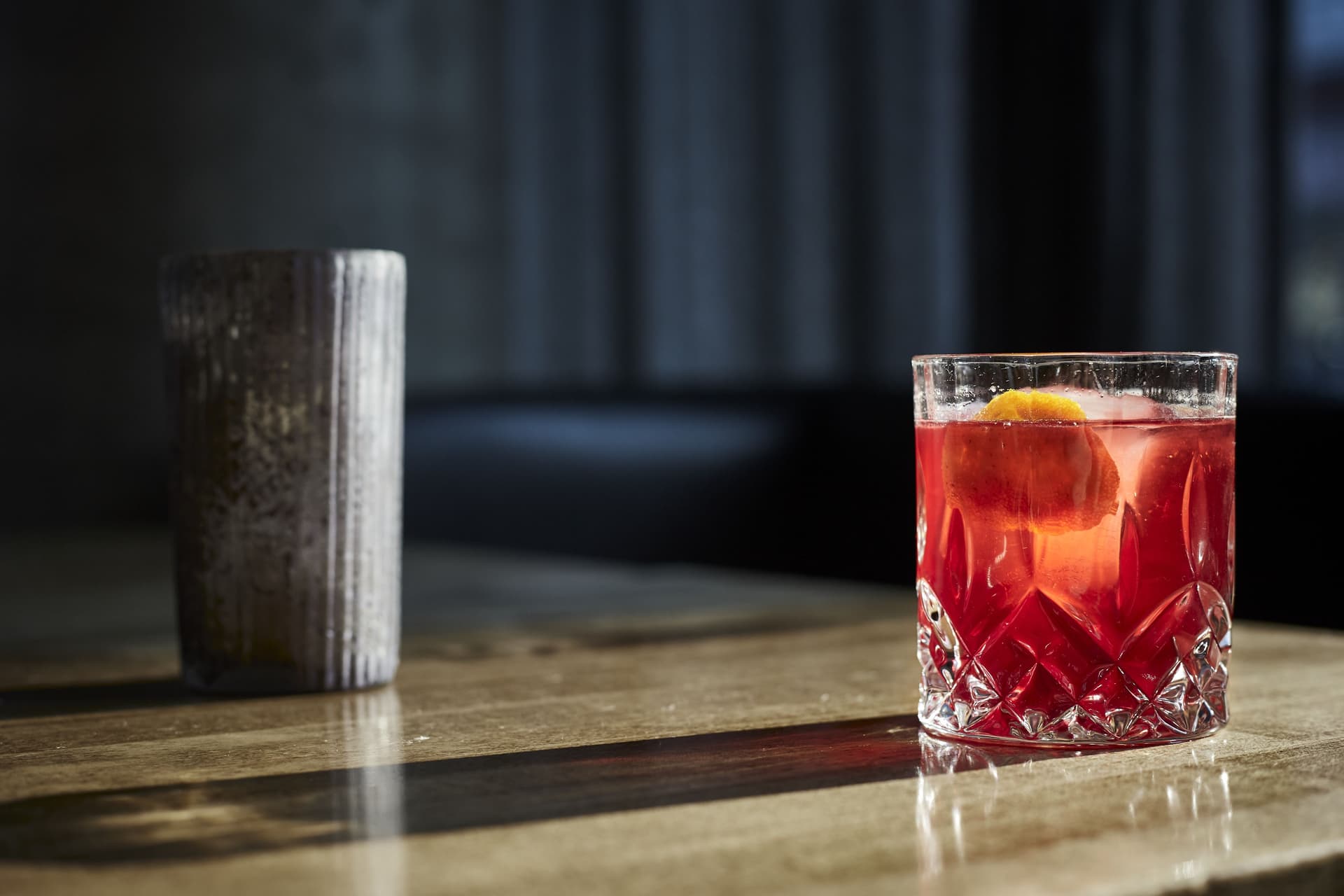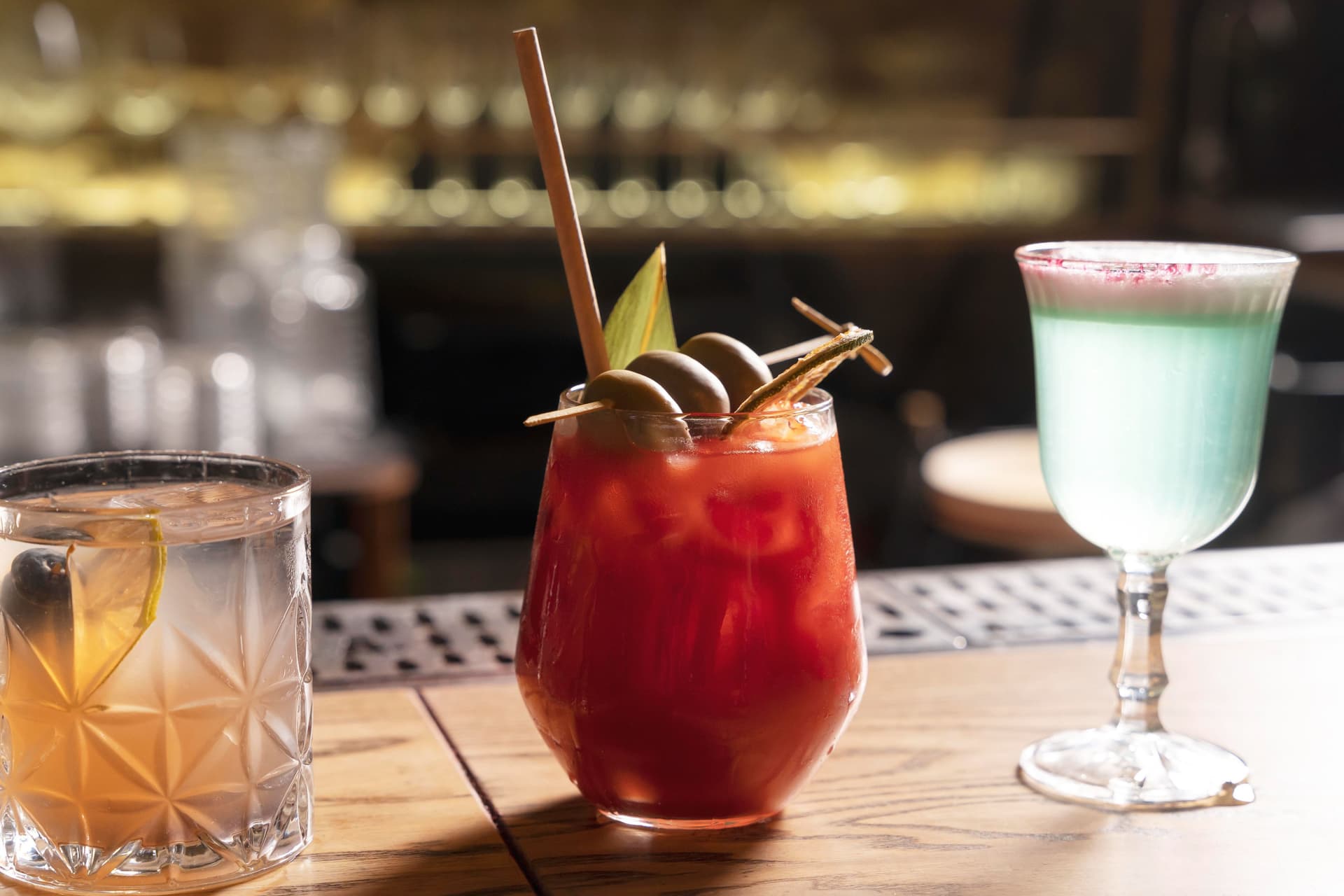Explore The Connection Between Cocktail Glassware & Flavour Balance Beyond Presentation

It is no news that glassware comes in an extensive variety, each designed to complement specific cocktails and enhance the overall drink. A tall, narrow glass, for instance, preserves carbonation and showcases layered cocktails, emphasising light notes while maintaining effervescence. Miniature, wide glasses provide space for ice, enabling slow dilution and allowing complex, spirit-forward cocktails to release their full aroma. The rim’s shape, thickness, and diameter also influence how the liquid interacts with the palate, subtly altering the taste.
Mixing a cocktail is only part of the process; proper presentation relies on matching the drink to the ideal vessel. Selecting the correct glass signals the cocktail’s character before the first sip. Garnishes, placement, and layering within the glass provide additional context, reinforcing the flavour profile and stylistic intent. In this way, glassware is not merely functional but an interpretive tool, bridging technical mixology and perception, ensuring that the final serve is both representative and precise.
5 Tips For Choosing The Best Glass For Every Cocktail
1. Match Glass Shape To Flavour Profile
The shape of a glass directly affects how a cocktail’s flavours are perceived. Curvature of the bowl can guide the liquid to specific areas of the palate, emphasising either sweetness, acidity, or bitterness. Glass shape also affects visual perception, with layered cocktails appearing more striking in tapered vessels. Selecting the appropriate shape ensures that every sip aligns with the profile, turning a simple serve into a precise cocktail. Understanding this principle allows bartenders and enthusiasts to convey the drink’s character before tasting begins, enhancing presentation.

2. Consider Temperature And Ice Retention
Temperature plays a pivotal role in cocktail serving, and glassware selection directly impacts thermal stability. Thick-walled, heavy glasses retain chill longer, making them suitable for spirit-forward serves where dilution must be controlled. Conversely, thin, elegant glassware quickly transfers chill to the liquid, accentuating cocktails such as spritzes or citrus-led serves. Ice retention is equally critical; tumblers with larger cubes melt slowly, preserving flavour integrity, while highball glasses with crushed ice facilitate faster chill for signature profiles. Glass material — crystal, glass, or tempered — also modifies how temperature is maintained.
Also Read: Vodka Cocktail Glassware: Choosing The Best Glass For Each Cocktail

3. Use Visual Presentation As A Guide
Visual cues in cocktail serves are integral to interpretation. Transparent glassware allows the colours, layers, and textures to convey the drink’s profile. Tall, clear glasses improve the perception of sparkling or layered drinks, while rounded vessels emphasise depth and richness. The visual presentation also signals proportion, ingredient density, and potential garnishes. Layering can indicate a sequence of flavours, and suspended elements, such as herbs or spices, provide additional context. A cocktail that is visually coherent with its glassware displays its intended profile effectively.

4. Highlight Aromas Through Appropriate Glassware
Aroma is an essential dimension of a cocktail, and the glass acts as a conduit for perception. Glasses with a narrow opening, such as flutes or tulips, concentrate compounds, ensuring that subtle floral, herbal, or citrus notes are captured. Wider rims disperse aroma for robust, complex cocktails, balancing intensity without masking. Curved bowls can direct the liquid toward the tip or sides while simultaneously guiding aromas upward.

5. Select Glass Size For Balance And Portion
Glass size affects not only aesthetics but also flavour balance and portion control. Oversized glasses can dilute a drink quickly, altering intended ratios and masking key flavours, while undersized vessels may lead to over-concentration or spillage, compromising the taste. Matching glass volume to cocktail composition maintains balance across spirits, mixers, and garnishes. It also supports controlled presentation, ensuring garnishes remain proportionate. The correct size facilitates proper mixing and pouring, maintaining structural integrity, too.
*Drink Responsibly. This communication is for audiences above the age of 25.



